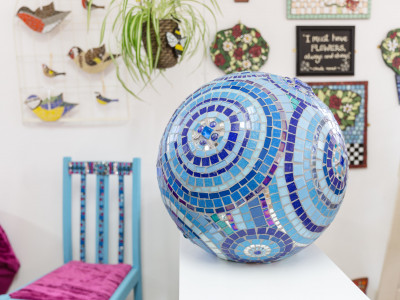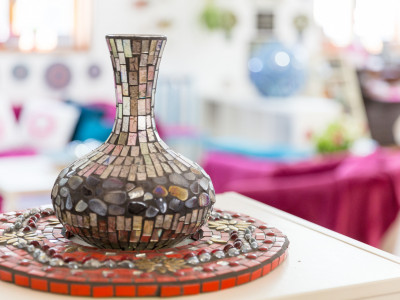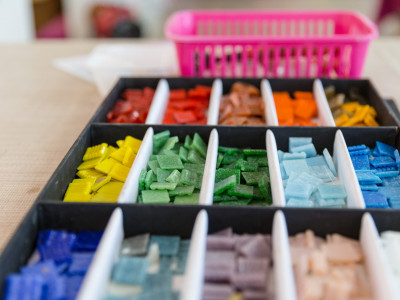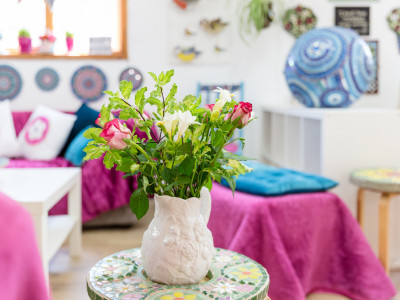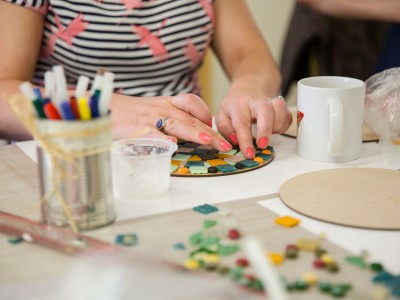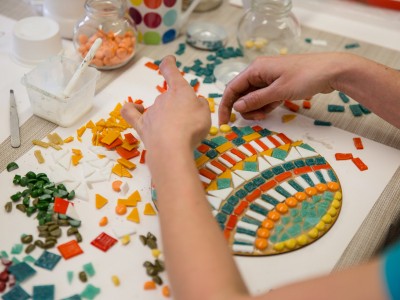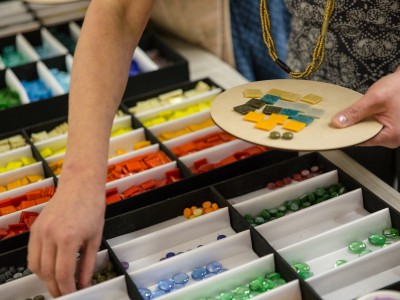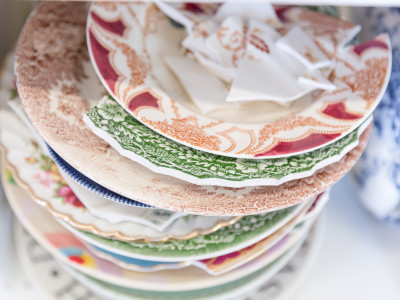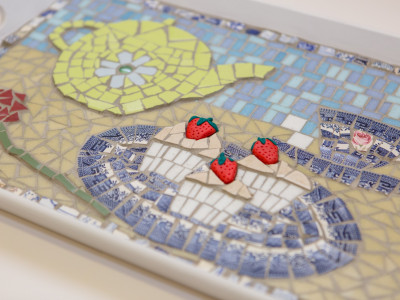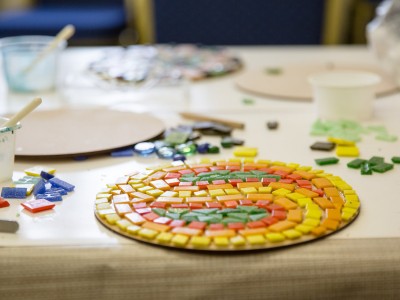I’ve just returned from a fabulous short break to Dublin – my first trip to the Emerald Isle. As with any new city I visit, I always try to drop in to an art gallery, whether it be a large national concern or a small independent one.
Dublin did not disappoint! Their National Gallery of Ireland on Merrion Square West, is exceptional. It boasts many notable Irish artists but also houses pieces from Europe, spanning from the 14th to 20th century. The gallery is a juxtaposition of the old and the new, comprising of several rooms on different levels, some in the original part of the gallery (founded in the 1860s), next to a brand new modern spaces in the Millennium Wing that opened in 2002.
We spent several hours in the gallery (which is free by the way) and there were many pieces that I enjoyed seeing, but one in particular caught my eye, notably ‘The Terrace, Saint Tropez’ by Paul Signac. Back in the 1880s, Signac, together with Georges Seurat, developed a new and exciting way of painting called ‘Pointillism.’ This used science and considered how we perceive colour and experimented with optical mixing. The technique involved placing ‘dots’ of pure colour onto the canvas surface, instead of employing brushstrokes and meant that the viewer needed to stand back to view it and allow the colours to ‘mix in the eye’ rather than rely on the artist doing it within the palette. I remember learning about the Pointillists when I studied A-level Art History and I’d forgotten about the technique until now, but those art history lectures came flooding back as I looked at it.
In this particular painting, Seurat’s wife, Berthe, modelled for him, standing on their terrace in Saint Tropez, looking out across the landscape, with the sea in the distance. Close up, it looks like a series of intense small daubs of green, purple and pale blue, but when viewed from a distance the colours blend together and the scene becomes clear.
As I continued to view the painting, it struck me how similar the Pointillist technique is to making a mosaic. When you create a mosaic, you are blocking in sections with various shades of colour to create the illusion of your subject matter but viewed too closely, it can look a bit of a muddle. Like the paintings made by the Pointillist art movement, mosaic also needs to be studied from a distance to allow the viewer the chance to decipher the forms, colours and shapes more clearly. Too close and you cannot appreciate the whole picture and the artwork can look undefined and a ‘jumble’ of colour.
I loved seeing the Paul Signac painting, it was like seeing an old friend from years ago! It’s made me keen to look back at some of the other Pointillist work I learnt about when I was at 6th form college and explore how I can apply some of the science behind the technique in my own mosaic work. I’ll let you know how I get on.
If you do ever get chance to visit Dublin, then be sure to pop into the gallery too. You won’t be disappointed.

